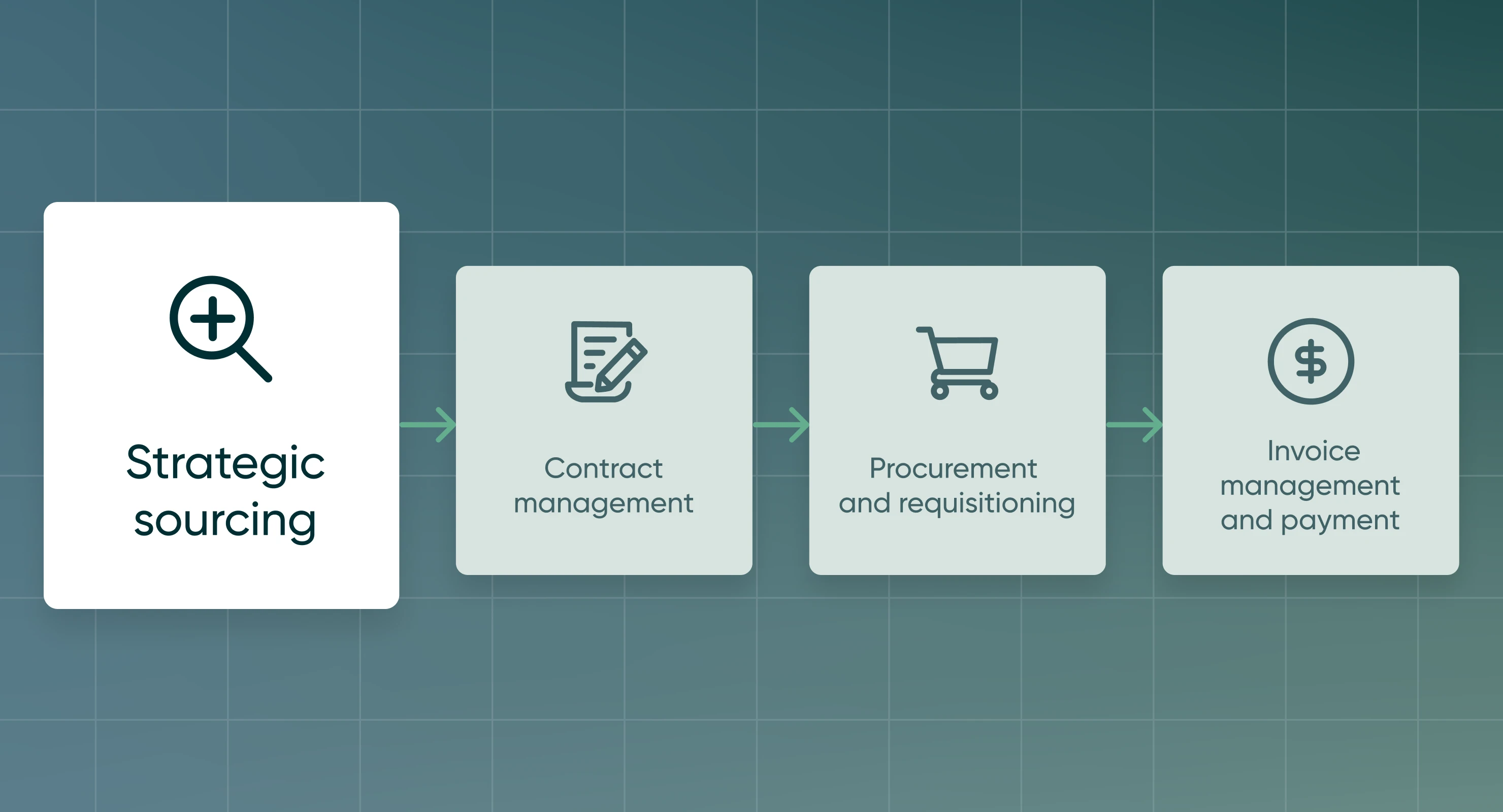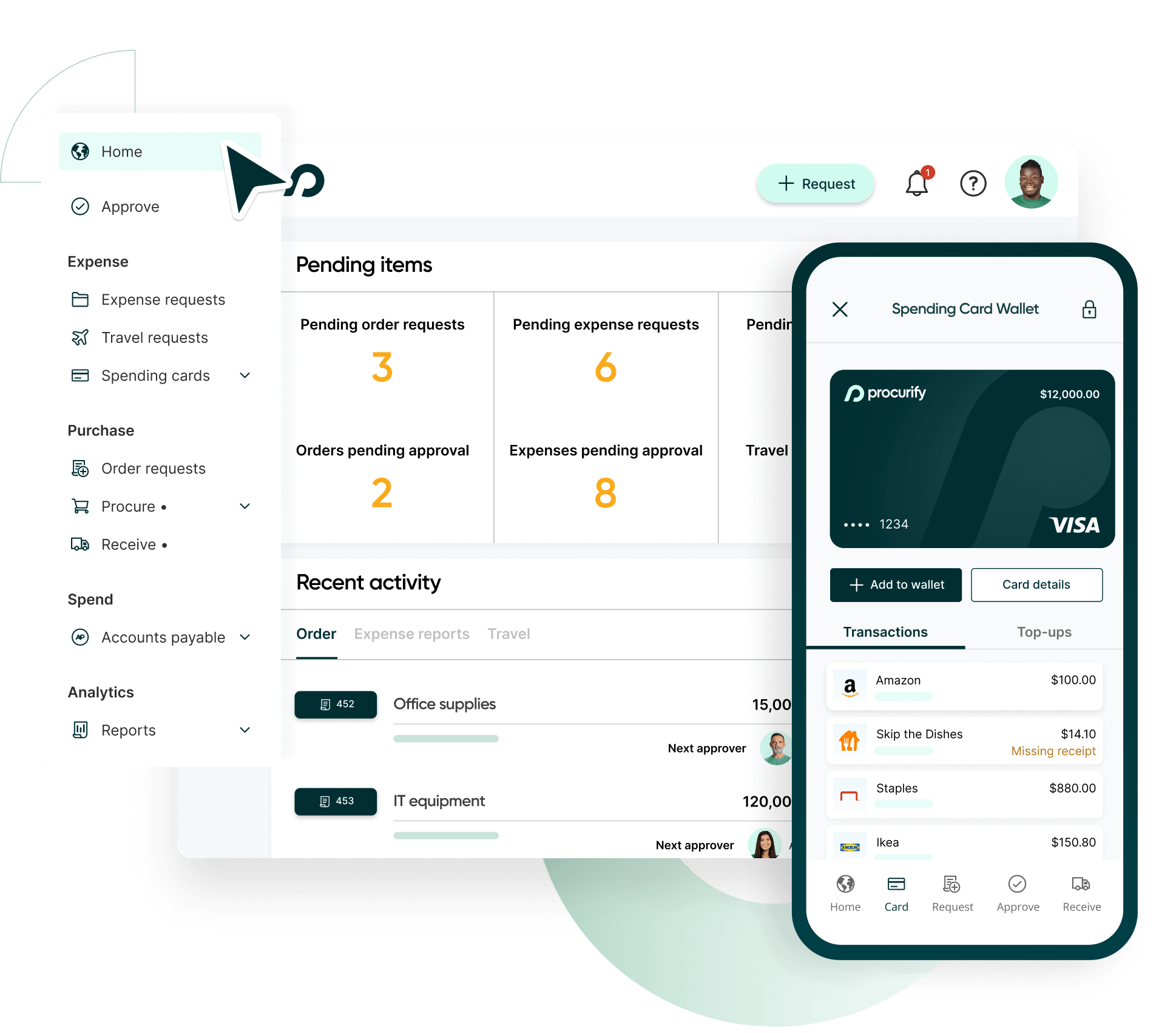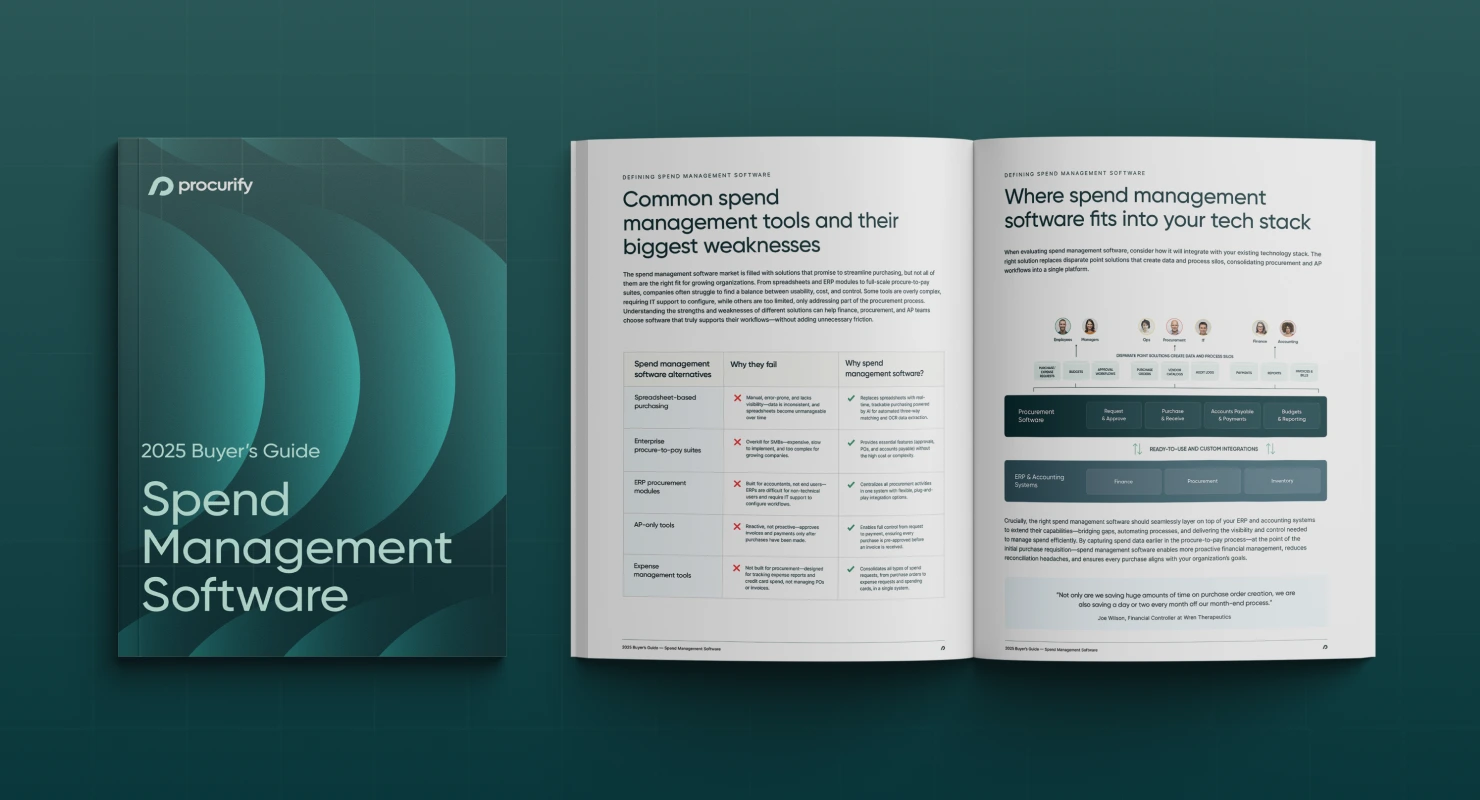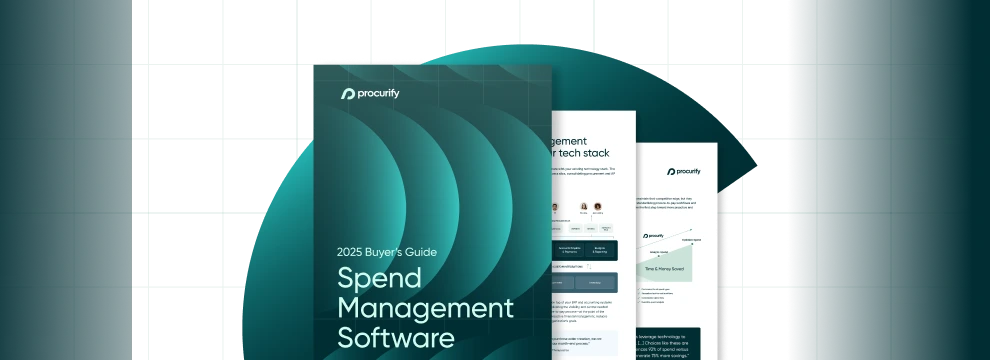
What Is Source-to-Pay (S2P)? A Complete Guide to Modern Procurement
In the world of digital procurement, the term source-to-pay (S2P) has become a cornerstone of strategic spend management. S2P is an end-to-end procurement process that begins with sourcing goods or services and ends with payment to the supplier. Unlike traditional procurement methods that often operate in silos, source-to-pay unifies and streamlines each phase into a cohesive, data-driven workflow.
At its core, the S2P process combines strategic sourcing, contract lifecycle management, procurement, invoice processing, and payment. By connecting these functions within a centralized system, organizations gain visibility, control, and agility across their entire procurement lifecycle.
How S2P differs from traditional procurement
Traditional procurement systems often focus narrowly on the transactional aspect—ordering and paying for goods. These systems are typically fragmented, with separate tools or departments managing sourcing, vendor negotiations, contract storage, and invoice approvals. This siloed approach can result in:
-
Manual errors and duplicate data entry
-
Lack of visibility into spend or contract compliance
-
Inefficiencies due to disconnected systems
-
Greater exposure to supplier and compliance risks
In contrast, an integrated source-to-pay solution eliminates those gaps by aligning strategic and operational activities under one digital procurement framework. This results in better decision-making, faster cycle times, and enhanced cost control.
Organizations today are increasingly recognizing the value of S2P not just as a procurement tactic, but as a strategic function that supports enterprise-wide goals like financial transparency, compliance, and supplier innovation. By moving beyond procurement as a back-office function, S2P empowers finance, operations, and procurement teams to collaborate on more impactful business outcomes.

Bridge the gap between strategy and execution with Procurify
You don’t need a full S2P suite to start driving impact. Procurify helps you take control of the most critical parts of the source-to-pay process—from contract management and purchase approvals to invoice processing and payments. With real-time budget visibility, customizable workflows, and seamless ERP integration, Procurify gives you the visibility and control you need to move faster, stay compliant, and manage spend proactively.
Importance of S2P in modern procurement
As mid-market and enterprise organizations seek more agile, cost-effective operations, the source-to-pay (S2P) process has emerged as a key driver of procurement transformation. Unlike outdated, manual workflows, S2P solutions offer end-to-end visibility, automation, and intelligence—giving businesses the tools to manage spend strategically, not just administratively.
Efficiency and cost savings
One of the most significant benefits of implementing a digital source-to-pay solution is the efficiency it brings. Automation reduces the time and labor spent on repetitive tasks like supplier onboarding, contract creation, purchase order processing, and invoice matching. This not only shortens cycle times but also cuts operational costs.
Key efficiency drivers include:
-
Automated approvals for purchase requests and invoices
-
Real-time budget tracking to prevent overspending
-
Elimination of paper-based processes and manual data entry
Improved compliance and risk mitigation
A centralized S2P process also reduces compliance risks. By digitizing and enforcing procurement policies, businesses can ensure that only approved vendors are used, contracts are followed, and payments align with negotiated terms. This is especially critical in industries with strict regulatory or audit requirements.
With built-in controls, alerts, and audit trails, modern S2P platforms help mitigate:
-
Supplier risk through due diligence and performance tracking
-
Contractual risk by avoiding off-contract spend
-
Regulatory risk by enforcing consistent policies and documentation
Enabler of digital transformation
S2P is not just a functional upgrade—it’s a strategic enabler of digital transformation. By centralizing data and workflows, it connects procurement with finance, operations, and executive teams. This alignment empowers organizations to make faster, smarter decisions using real-time insights into supplier performance, spending trends, and budget adherence.
Modern procurement automation tools integrated into S2P platforms allow companies to:
-
Leverage AI for demand forecasting and supplier scoring
-
Use dashboards for spend analytics and budget visibility
-
Integrate with ERP systems like NetSuite or Sage Intacct for seamless financial operations
As companies continue to prioritize agility and control in their procurement processes, S2P stands out as a vital framework for achieving operational excellence and long-term growth.
Key steps in the S2P process
The source-to-pay (S2P) process is a strategic, end-to-end workflow that connects every step of procurement — from identifying the need for a good or service to paying the vendor. When fully implemented, S2P enables organizations to streamline procurement operations, reduce risk, and align spending with business goals. Here’s a breakdown of the core stages in a modern S2P process and the technologies that support them.
1. Strategic sourcing
Strategic sourcing lays the foundation for long-term value creation. Rather than just selecting the lowest-cost supplier, organizations evaluate vendors based on quality, reliability, risk, sustainability, and total cost of ownership. Strategic sourcing involves:
-
Identifying spend categories and demand across the organization
-
Conducting supplier market analysis and RFPs/RFQs
-
Negotiating pricing and service-level agreements (SLAs)
-
Evaluating suppliers using scorecards and performance metrics
These steps are supported by tools like eSourcing platforms, supplier evaluation software, spend analytics, and AI-driven sourcing tools, which help optimize vendor selection and improve forecasting accuracy.
2. Contract management
Once suppliers are selected, contracts must be created, approved, and stored — all while ensuring they comply with internal policies and legal standards. An efficient contract lifecycle management (CLM) process helps minimize risk and prevent off-contract spend.
-
Drafting and reviewing agreements
-
Managing contract versions and redlines
-
Approving and storing contracts centrally
-
Setting up renewal and compliance alerts
This process is streamlined by contract management software, digital signature platforms like DocuSign, and AI-powered tools for clause identification and risk scoring.
3. Procurement and requisitioning
The procurement phase operationalizes sourcing and contract agreements. This includes creating purchase requisitions, routing them for approval, and generating purchase orders (POs) for suppliers. This is where procurement automation becomes critical.
-
Employees submit digital purchase requests
-
Approvals follow predefined workflows and budgets
-
POs are automatically generated and sent to vendors
Technology such as procure-to-pay (P2P) systems, digital requisition tools, budget-aware approval workflows, and mobile procurement apps play a critical role in reducing delays and ensuring compliance.
4. Invoice management and payment
The final step of the S2P process involves receiving goods/services, verifying supplier invoices, and issuing payment — all while maintaining compliance and accuracy. Automating this step reduces delays, prevents fraud, and improves supplier relationships. Core activities include:
-
3-way matching: PO, invoice, and goods receipt
-
Exception handling and invoice approvals
-
Payment scheduling and execution
-
Financial reconciliation and reporting
Tools like AP automation platforms, OCR for invoice scanning, payment gateways, and ERP integrations (e.g., NetSuite, QuickBooks Online) make this process seamless and auditable.
Source-to-pay vs. procure-to-pay (P2P)
While source-to-pay (S2P) and procure-to-pay (P2P) are often used interchangeably, they refer to different scopes within the procurement process. Understanding the difference is crucial for organizations evaluating procurement technology or optimizing their operations.
Key differences between S2P and P2P

S2P includes everything in P2P, plus the upstream activities that help organizations make better sourcing decisions and manage supplier relationships.
When to use S2P vs. P2P
Choosing between S2P and P2P depends on your organization’s procurement maturity, complexity, and goals:
-
Choose P2P if your business needs to streamline day-to-day purchasing and automate invoice approvals. P2P is a great starting point for companies focused on operational efficiency and basic procurement automation.
-
Choose S2P if you want to take a more strategic approach—managing supplier performance, negotiating better contracts, and ensuring full spend visibility. S2P is ideal for organizations seeking to digitize and unify the entire procurement lifecycle under one platform.
For mid-market and enterprise organizations managing complex vendor networks, regulatory compliance, or large spend volumes, S2P delivers the most value by providing end-to-end transparency and control.
How S2P and P2P work together
It’s important to note that S2P doesn’t replace P2P—it builds on it. A robust S2P framework will include P2P functionality while extending capabilities upstream. In fact, leading source-to-pay solutions integrate seamlessly with ERP systems to offer a full view of spending—from sourcing strategy to budget impact.
By aligning sourcing, procurement, and finance in a single ecosystem, S2P enhances collaboration across teams and ensures smarter, policy-aligned decisions at every step.
Best practices for implementing an S2P process
Implementing a source-to-pay (S2P) process isn’t just about rolling out new software — it’s a strategic transformation that involves people, processes, and technology. To ensure successful adoption and maximize return on investment, organizations should follow best practices that align S2P implementation with long-term procurement and financial goals.
1. Benchmark prices to guide sourcing decisions
Before engaging vendors, conduct price benchmarking across categories to understand market rates, evaluate supplier competitiveness, and drive savings. This step is foundational to strategic sourcing and helps set realistic expectations in RFPs and contract negotiations. To make benchmarking more actionable and insightful:
-
Use internal historical spend data and third-party benchmarking tools
-
Identify cost variances across suppliers, regions, or departments
-
Align sourcing decisions with organizational priorities and budgets
-
Pro tip: Combine benchmarking with supplier performance analytics for a more comprehensive view of value—not just price.
2. Prioritize supplier relationship management (SRM)
Strong supplier relationships are key to long-term success in the S2P process. SRM ensures consistent communication, performance tracking, and collaborative problem-solving. An effective SRM approach includes:
-
Onboarding and qualifying vendors
-
Defining clear performance metrics (KPIs, SLAs)
-
Conducting regular supplier reviews
-
Managing risk, compliance, and ethical sourcing
-
Leveraging supplier portals and AI-driven risk scoring to monitor real-time supplier performance and flag issues proactively
3. Automate procurement workflows
Automation is at the heart of successful procurement automation. Manual steps like routing purchase orders, matching invoices, and verifying contract terms are prone to errors and slowdowns. Automating these workflows improves speed, compliance, and accuracy. To build efficient, scalable workflows:
-
Define automated approval workflows based on spend thresholds or roles
-
Integrate with finance systems (ERP, AP automation) for seamless data flow
-
Use OCR and AI to streamline invoice data capture and exception handling
-
Use platforms like Procurify to automatically enforce policy rules and check budgets in real-time, reducing maverick spend
4. Integrate with ERP and financial systems
To achieve full visibility and control over spending, your S2P platform must integrate with your core ERP or accounting systems. This enables:
-
Real-time budget tracking and forecasting
-
Accurate general ledger (GL) coding and financial reporting
-
Faster reconciliation and audit readiness
Popular ERP integrations include NetSuite, Microsoft Dynamics 365, QuickBooks Online, and Sage Intacct. These connections reduce data silos and ensure that procurement and finance are working from a single source of truth.
5. Build compliance and risk management into workflows
Embedding policy controls and risk management into the S2P process helps ensure regulatory compliance, contract adherence, and financial accountability. To create a strong governance framework:
-
Enforce spend limits and vendor approval requirements
-
Require contract attachments or compliance certifications
-
Audit procurement activities regularly
-
Maintain detailed records and audit trails for internal and external audits
-
Implement source-to-pay solutions that provide fraud detection and alerts for policy violations
Future trends in source-to-pay
As organizations continue to digitize and streamline operations, the source-to-pay (S2P) process is evolving beyond automation to become more intelligent, connected, and predictive. Emerging technologies are shaping the future of procurement, enabling finance and procurement teams to make faster, more informed decisions with less manual effort. Here are the key trends defining the next generation of source-to-pay solutions.
1. AI-powered procurement intelligence
Artificial intelligence (AI) is transforming S2P by providing real-time insights, predictive analytics, and smarter decision-making tools. AI can:
-
Automate invoice classification and data entry using machine learning
-
Predict supplier performance and potential disruptions
-
Recommend optimal sourcing strategies based on historical trends
-
Identify maverick spend or policy violations before they escalate
AI-driven platforms also use natural language processing (NLP) to simplify contract analysis, helping teams spot risk clauses or negotiate better terms faster.
2. Predictive analytics for smarter planning
Beyond AI, predictive analytics is helping businesses shift from reactive procurement to proactive planning. These tools analyze historical and current spend data to forecast demand, identify savings opportunities, and improve budgeting accuracy.
-
Forecast inventory needs to prevent overbuying or stockouts
-
Analyze seasonal trends or supplier behavior for better timing
-
Support more strategic contract renewals and renegotiations
Organizations leveraging predictive procurement gain a competitive edge by reducing waste and improving procurement agility.
3. Blockchain for transparency and trust
Blockchain technology holds promise for improving trust and traceability across the S2P lifecycle, especially in high-risk or highly regulated industries.
Potential benefits include:
-
Secure, immutable records for supplier contracts and transactions
-
Transparent audit trails for sourcing and payments
-
Streamlined supplier verification and certifications
While still emerging, blockchain could play a major role in reducing fraud, improving compliance, and strengthening supply chain transparency.
4. Deeper ERP and ecosystem integrations
As businesses adopt more digital tools across departments, seamless integration between S2P platforms and core systems like ERPs, CRMs, and finance tools is essential. Modern digital procurement solutions are expanding their integration ecosystems to:
-
Enable real-time budget syncing and GL coding
-
Trigger procurement workflows from within ERP or project management platforms
-
Centralize data across procurement, finance, and operations for unified reporting
Popular integrations include NetSuite, Sage Intacct, Microsoft Dynamics 365, and QuickBooks Online—ensuring procurement aligns directly with financial strategy.
5. Increased focus on ESG and sustainable sourcing
Environmental, Social, and Governance (ESG) considerations are increasingly influencing sourcing decisions. Procurement teams are expected to choose vendors who align with sustainability, diversity, and ethical standards.
Future-ready S2P platforms will support:
-
Supplier ESG scoring and certification tracking
-
Carbon footprint monitoring across sourcing decisions
-
Compliance reporting for regulatory frameworks
S2P is not just about cost anymore—it’s about impact.
Why S2P matters more than ever
Source-to-pay (S2P) has evolved from a back-office procurement task into a strategic driver of business performance. By unifying sourcing, contract management, procurement, and accounts payable into a single workflow, S2P enables finance, procurement, and operations teams to operate with greater visibility, control, and agility.
In today’s volatile environment, organizations need to be data-driven and resilient. S2P platforms provide the foundation for that by enabling teams to:
-
Make informed decisions using real-time spend data
-
Strengthen supplier relationships while managing risk proactively
-
Streamline approvals and eliminate inefficiencies
-
Enforce policy and contract compliance at scale
Whether your organization is growing quickly or optimizing existing operations, a modern S2P strategy delivers long-term value across the enterprise. Start by assessing your current procurement process, engaging stakeholders across departments, and defining clear goals. From there, explore intelligent, AI-powered platforms—like Procurify—that integrate with your ERP and support customized workflows.
Even a small-scale rollout can create momentum. By starting with one department or spend category, you can demonstrate early wins and build a roadmap for wider transformation. With the right tools and approach, procurement becomes more than a cost center—it becomes a catalyst for growth.

2025 Spend Management Software Buyer’s Guide
Choose the spend management solution best suited to your organization’s needs with an overview of the 2025 software ecosystem, feature comparisons, and a free vendor capability evaluation checklist.
